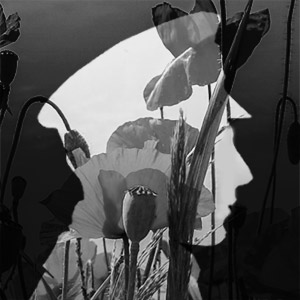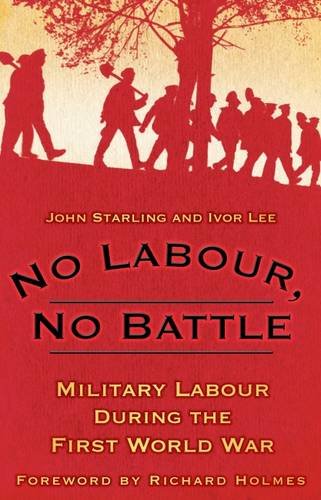
Albert Cudworth was born in 1897 in Gawthorpe, Ossett, the son of William (Willie) Cudworth and Elizabeth (nee Gothard) of Naylor Street, Ossett who had married in early 1897. Albert was baptised at the New Connexion Chapel in Gawthorpe on the 6th June 1897 when he was three weeks old. In 1911, Albert is living at 17, Naylor Street, Ossett with his parents William Cudworth (born Chickenley, Dewsbury in 1867) and Elizabeth (born Staincliffe, Dewsbury in 1875). William Cudworth is working as a traveller for a confectionary company. Albert is already working as an errand boy aged 13 years. He also now has a sister, Annie Cudworth, aged 12 years and still at school. Annie Cudworth was to marry William Ashworth in 1920 in Ossett and they subsequently had three daughters: Queenie (born 1921); Dorothy (born 1922) and Kathleen M. (born 1924).
Albert’s service record has not survived, but he probably enlisted in 1916 with the Yorkshire Regiment (Green Howards), 16th Labour Battalion, which later became the 22nd Company, Labour Corps in May 1917. The Battalion was formed in Brocklesby Camp, Lincolnshire in June 1916 and moved to France on the 12th July 1916 where the Battalion was employed at Cinder Camp, Le Havre, on what was termed “lines of communication” work.
The “Ossett Observer” carried this report of Private Cudworth’s death: “News has been received of the death in France of Private Albert Cudworth, of Dewsbury Road, Ossett, who was in a labour battalion. His father, Mr. William Cudworth, received from an officer the intimation that he was killed by an enemy bomb on the 25th September 1917. The soldier, who was the only son of his parents, was 20 years of age. He had been in France for 14 months, being sent there only six weeks after enlisting, and during that time he had never been home on leave. He formerly worked as a spinner at the mill of Messrs. M. Oldroyd and Sons Ltd, Dewsbury.”

Above: Front cover of the “No Labour, No Battle” to be released in 2014. From 1917 British Soldiers who were unfit or too old for front line service were to serve unarmed and within the range of German guns for weeks or even months at a time undertaking labouring tasks. The vital, yet largely unreported role played by these brave soldiers was crucial to achieving victory in 1918. For this book John Starling and Ivor Lee have brought together extensive research from both primary and secondary sources. It traces how Military Labour developed from non-existent in 1914, to a Corps in November 1918 some 350,000 strong, supported by Dominion and foreign labour of more than a million men. The majority of the Labour Corps did not keep war diaries, therefore this work provides vital information for those wishing to acquire information about an ancestor who served in the Corps.
The work of the Labour Corps would often bring them near to the front line and, certainly, within range of enemy artillery. In September 1917, the 22nd Labour Corps were engaged in work near the front line at Poperinge, Belgium.
From early September 1917, casualties had started to mount in the 22nd and 23rd Labour Corps. The 22nd suffering particularly, as the battle known as Third Ypres which commenced on July 31st 1917 ground on. As previously stated, the 22nd Company were performing duties in the area of the Menin Road, an area which had seen heavy fighting previously between the 20th-25th September and one could surmise that this was of a road building/improvement nature as the battle area moved forward.2 It is likely that Private Albert Cudworth was wounded by shelling or sniper fire and he died of wounds on the 25th September 1917 at the age of 20 years.
Albert Cudworth is buried in Wieltje Farm Cemetery 3, Ieper, West-Vlaanderen, Belgium at grave reference A. 8. Wieltje Farm Cemetery was made and used by fighting units (in particular by the 2nd/4th Gloucesters) in July-October 1917. There are now 115 Commonwealth servicemen of the First World War buried or commemorated in this cemetery. 10 of the burials are unidentified and there are special memorials to 20 casualties whose graves were destroyed by shell fire. There is also one German war grave.
CWGC heastone photograph courtesy of Mark Smith
References:
1. “Ossett Observer”, October 17th 1917
2. Wetherby War Memorial – Fred Walker, 22nd Labour Company, Yorkshire Regment